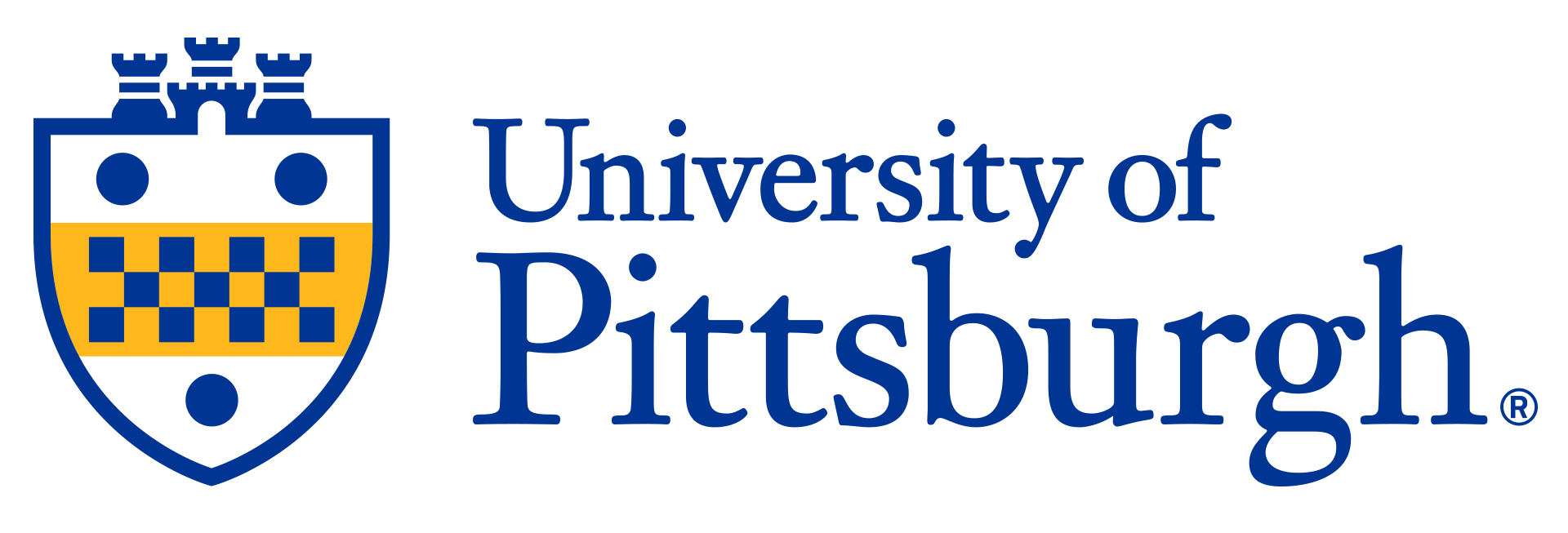

Small Molecule Inhibitor Therapy to Prevent Aneurysm Formation, Growth, and Rupture
Cerebral aneurysms are focal dilations of cerebral arteries that are present in approximately 3-5% of the general population. These lesions can rupture, resulting in subarachnoid hemorrhage, which has a near 50% mortality and morbidity rate. There are currently no medical therapies available, and cerebral aneurysms are managed via open surgical or endovascular approaches. It is thought that cerebral aneurysms are sporadic lesions caused by a combination of inflammation and hemodynamic stress, but standard anti-inflammatory agents increase the risk of hemorrhage and are not routinely used.
Description
New research shows that small molecule inhibitors targeting the platelet-driven CXCL7-CXCR1/2 inflammatory pathway can be used to prevent cerebral aneurysm formation and rupture. This approach may be able to be used to develop a pharmacological treatment of unruptured and coiled aneurysms, enabling a superior healing response and avoiding the risks inherent in open surgery.Applications
· Preventing the formation, growth, and rupture of cerebral aneurysms· Augmentation of surgical therapy to improve outcomes
Advantages
· There are currently no medical therapies for treatment of cerebral aneurysms· Avoids use of anti-inflammatory agents that increase the risk of hemorrhage
· Attenuates the pan-inflammatory profile by targeting a key modulator